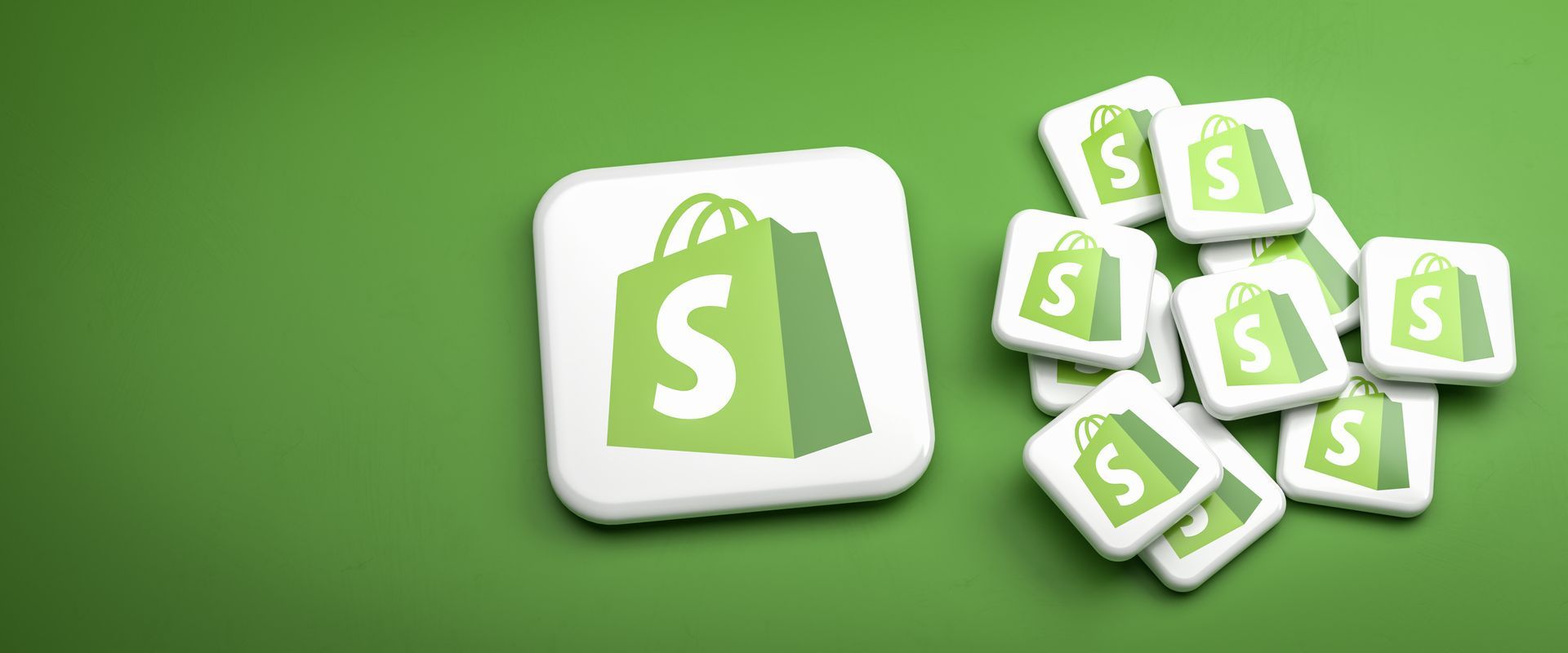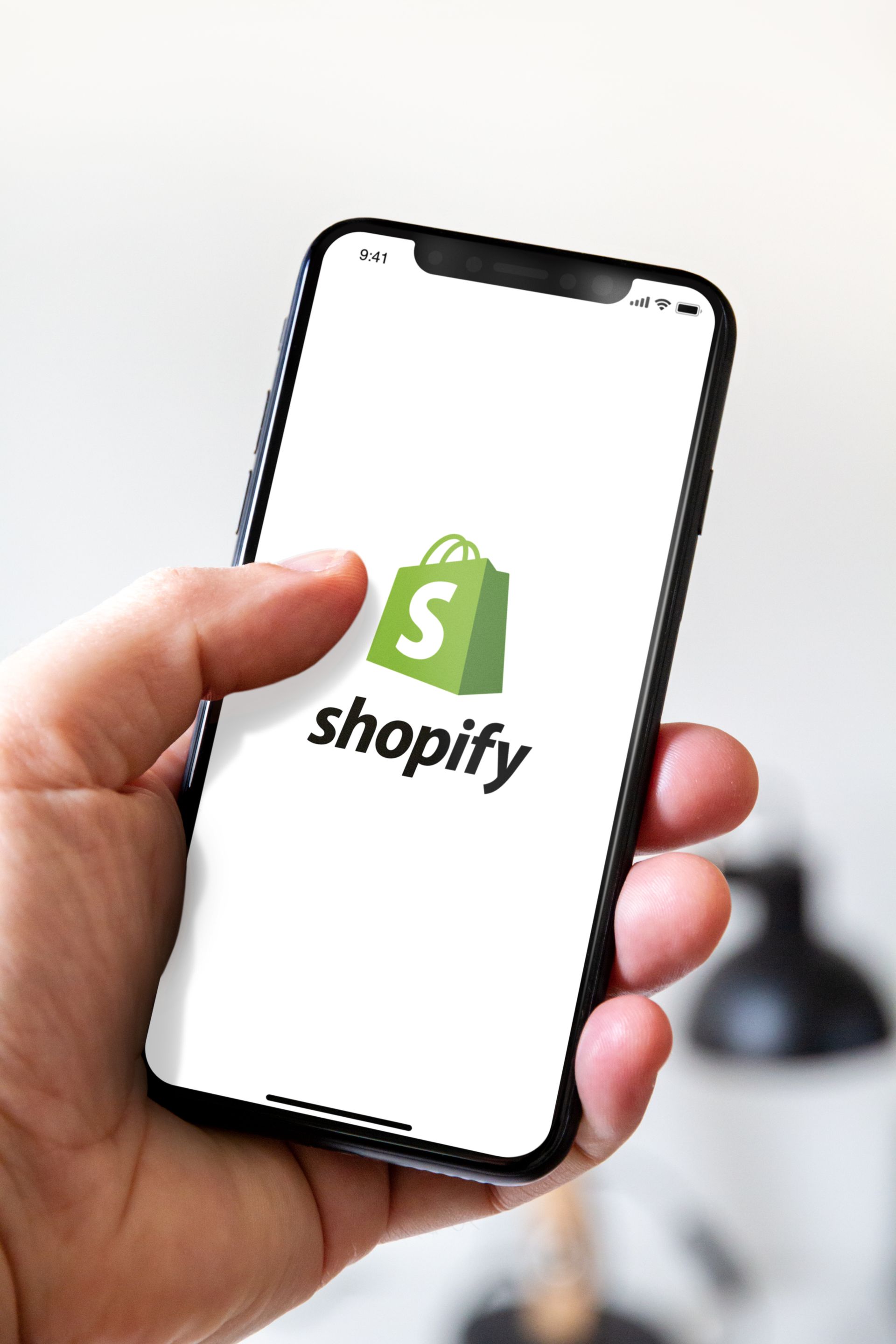Email Marketing Strategies to Skyrocket Your Sales on Shopify
Email Marketing Strategies to Skyrocket Your Sales on Shopify
Are you looking for effective ways to boost sales on your Shopify store? Look no further than email marketing. When done right, email marketing can be a powerful tool for skyrocketing your sales and driving revenue growth. In this article, we will share some proven email marketing strategies specifically tailored for Shopify stores.
In today's digital age, customers are more likely to make a purchase when they receive personalised recommendations and offers directly in their inbox. Using the right email marketing strategies, you can engage your customers, build trust, and drive them to take action.
From abandoned cart recovery emails to exclusive discounts and promotions, we will discuss various tactics and techniques that can help you maximise your email marketing efforts and increase conversions. Whether you're just starting out or looking to optimise your existing email campaigns, this article will provide you with practical tips, insights, and real-life examples to help you succeed.
So, if you're ready to take your Shopify store to new heights and drive more sales, let's dive into the world of email marketing strategies that can make a real impact.

Benefits of email marketing for Shopify stores
Email marketing has numerous benefits for Shopify store owners. Firstly, it allows you to directly reach your customers' inboxes, giving you a higher chance of capturing their attention and driving them to take action. Secondly, email marketing enables you to build a stronger relationship with your customers by providing personalised recommendations and offers. This personal touch can significantly increase customer loyalty and repeat purchases.
Another advantage of email marketing is its cost-effectiveness. Unlike other advertising channels, email marketing is relatively inexpensive and offers a high return on investment. With the right strategies in place, you can achieve impressive sales results without breaking the bank.
Email marketing statistics and trends
Before diving into the strategies, let's take a look at some email marketing statistics and trends to understand why it's such a powerful tool. According to recent studies, email marketing has an average ROI of $42 for every $1 spent, making it one of the most cost-effective marketing channels available.
Furthermore, personalisation plays a crucial role in email marketing success. Emails with personalised subject lines are 26% more likely to be opened, and personalised email content has been shown to significantly increase click-through rates and conversions.
Mobile optimisation is also essential for email marketing. With the rise of smartphones, more and more people are checking their emails on mobile devices. In fact, over 50% of all emails are opened on mobile devices, highlighting the importance of responsive email design.
-
Building your email subscriber list
To kickstart your email marketing efforts, you need to build a strong subscriber list. There are several effective strategies you can implement to grow your list. One of the most common methods is to offer a compelling lead magnet, such as an ebook or exclusive discount, in exchange for visitors' email addresses. This not only incentivises sign-ups but also allows you to segment your list based on the lead magnet they opted for.
Another strategy is to leverage pop-up forms on your website. While some may find pop-ups annoying, they have been proven to be highly effective in capturing email addresses. By offering something of value in return, such as a discount code or free shipping, you can increase the likelihood of visitors subscribing to your email list.
Lastly, don't forget to promote your email list on social media platforms and other marketing channels. By actively promoting your email list, you can reach a wider audience and attract potential customers who are interested in your products or services.
-
Segmenting your email list for targeted campaigns
Segmentation is a crucial aspect of email marketing. By dividing your subscribers into specific segments based on their preferences, behavior, or demographics, you can send highly targeted email campaigns that resonate with each segment. This personalisation leads to higher open rates, click-through rates, and conversions.
One way to segment your list is by sending a welcome email series to new subscribers. This series can introduce your brand, showcase your best products, and provide exclusive discounts to encourage first-time purchases. By tailoring the content to new subscribers, you can make a strong first impression and increase engagement.
You can also segment your list based on past purchase behavior. By analysing customers' purchase history, you can send personalised product recommendations, cross-sell or upsell emails, and even exclusive discounts on their favorite products. This level of personalisation shows your customers that you understand their preferences and can help drive repeat purchases.
-
Creating compelling and personalised email content
Once you have your segments defined, it's time to create compelling and personalised email content that speaks directly to your subscribers. The key to successful email content is relevance and value. Your subscribers should feel that each email provides them with something useful or interesting.
Start by crafting attention-grabbing subject lines that entice your subscribers to open the email. Personalisation, curiosity, and urgency can be effective techniques to increase open rates. For example, using the subscriber's name or referencing their past purchases in the subject line can make the email feel more personalised.
Next, focus on the body of the email. Keep the content concise, clear, and visually appealing. Use a conversational tone and make sure the email is scannable, with clear headings and bullet points. Include a clear call-to-action (CTA) that prompts the subscriber to take the desired action, such as making a purchase or visiting your website.
-
Designing effective email templates
The design of your email templates plays a significant role in capturing your subscribers' attention and conveying your brand's image. A well-designed email template should be visually appealing, easy to read, and consistent with your brand's style and colours.
Consider using a responsive email template to ensure your emails look great on both desktop and mobile devices. With mobile optimisation being crucial, responsive templates automatically adjust the layout and font size to fit different screen sizes, providing a seamless user experience.
To make your emails visually engaging, incorporate high-quality images and use whitespace effectively. Remember that too many images or a cluttered layout can distract your subscribers and lead to a higher likelihood of them abandoning the email. Keep the design clean and focused on the message you want to convey.
-
Automating email marketing campaigns
Automation is a game-changer in email marketing. By setting up automated email campaigns, you can save time and deliver targeted messages at the right time, based on specific triggers or events.
One of the most effective automated campaigns for Shopify store owners is the abandoned cart recovery email. When a customer adds items to their cart but fails to complete the purchase, an automated email can be triggered to remind them about the abandoned items and offer an incentive to complete the purchase. This tactic has been proven to recover a significant percentage of lost sales.
Another useful automated campaign is the post-purchase email series. This series can include order confirmations, shipping notifications, and follow-up emails to gather feedback or offer related products. By keeping the communication going after the purchase, you can foster customer loyalty and increase the likelihood of repeat purchases.
-
Analysing and optimising your email marketing performance
To ensure the effectiveness of your email marketing campaigns, it's crucial to regularly analyse and optimise your performance. Start by tracking key metrics such as open rates, click-through rates, conversion rates, and revenue generated from each campaign. This data will provide valuable insights into what's working and what needs improvement.
Perform A/B testing to experiment with different elements of your emails, such as subject lines, CTAs, or email copy. By testing different variations and analysing the results, you can refine your strategies and maximise your email marketing performance.
Additionally, pay attention to your email deliverability. Make sure your emails are not ending up in the spam folder by following best practices, such as using a reputable email service provider, avoiding spam trigger words, and regularly cleaning your email list.

Conclusion: Harnessing the power of email marketing on Shopify
Email marketing is a powerful tool for driving sales and revenue growth on Shopify. By implementing the strategies mentioned in this article, you can engage your customers, build trust, and drive them to take action.
Remember to focus on building a strong email subscriber list, segmenting your list for targeted campaigns, creating compelling and personalised email content, designing effective email templates, automating your campaigns, and analysing your performance for continuous optimisation.
With these email marketing strategies in place, you can take your Shopify store to new heights and achieve impressive sales results. Start implementing these tactics today and watch as your email campaigns skyrocket your sales on Shopify.
 Rating
Rating

Let's have a coffee
We’d love to hear from you! Just choose the most convenient method and we’ll get back to you as soon as we can.
Tel: 01244 629 523
Email: hello@H10marketing.co.uk
© Copyright 2024 H10 Marketing Ltd. All Rights Reserved.
Company Registration No: 11030469. VAT No. 427333211. Registered Office: Attention: Sarah Hawkins, 1 Old Marsh Farm Barns Business Centre, Old Marsh Farm Road, Sealand, Deeside, Flintshire, CH5 2LY, United Kingdom.












